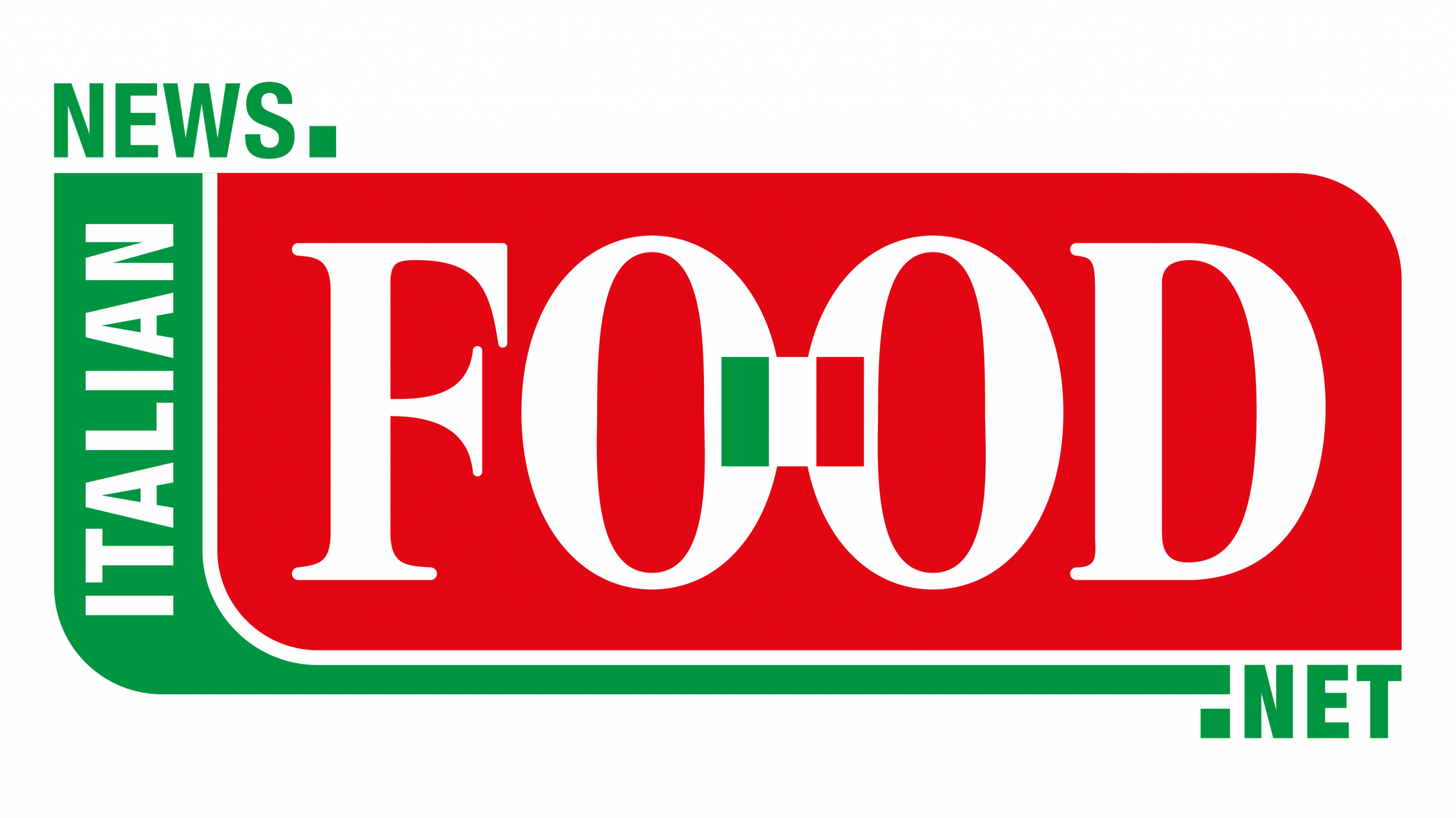
The Italian agri-food sector has reached an unprecedented milestone. According to figures released by the Consorzio Italia del Gusto and elaborated by the Fondazione Edison on Istat data, exports between June 2024 and May 2025 totaled €70.7 billion, exceeding the symbolic €70-billion barrier for the first time.
This figure represents nearly double the €37 billion recorded in 2015, reflecting the exceptional vitality of the Made in Italy brand, which continues to thrive in international markets through its distinctive mix of quality, innovation, and tradition.
“Italy’s food and beverage industry has reached a historic milestone,” said representatives of the Consorzio Italia del Gusto. “For the first time, exports exceeded €70 billion, confirming the extraordinary strength of the sector and its ability to compete globally.”
A STRUCTURAL TURNAROUND
Beyond the headline figure, the data also reveal a profound transformation in Italy’s trade balance. In 2014, the Italian agri-food balance showed a deficit of €7.6 billion. Today, that balance has turned positive by over €1 billion — a remarkable reversal that, in the words of the Consorzio, “certifies Italy’s evolution from a net importer to a global export leader, thanks to increasingly robust and competitive supply chains.”
Between January and May 2025, total exports grew by +5.6% compared with the same period in 2024, confirming the upward trajectory of Italian food products worldwide.
GLOBAL LEADERSHIP IN ICONIC CATEGORIES
Italy’s global leadership in food exports is equally visible across several emblematic product categories. The country ranks as the world’s leading exporter of pasta, tomato derivatives, cured meats, vinegars, vermouth, and apples — all symbols of a gastronomic heritage that has become synonymous with quality and authenticity on every continent.
A PILLAR OF THE NATIONAL ECONOMY
The agri-food sector has become the largest non-automotive manufacturing industry in Italy, employing 1.4 million people. It generates €257 billion in production value and contributes over €80 billion in added value to the national economy.
“This is a collective success story,” commented the Consorzio Italia del Gusto. “It brings together large industrial groups and thousands of small and medium-sized enterprises that represent the true backbone of the Italian production system — where tradition meets innovation, and local identity meets global ambition.”
THE ENDURING STRENGTH OF MADE IN ITALY
The record-setting performance of Italian agri-food exports confirms not only the resilience of the sector but also its strategic role in shaping Italy’s economic identity and global reputation.
As the Consorzio noted, “The strength of Made in Italy continues to lie in its authenticity — a balance of heritage, craftsmanship, and excellence that the world continues to recognize and reward.”
